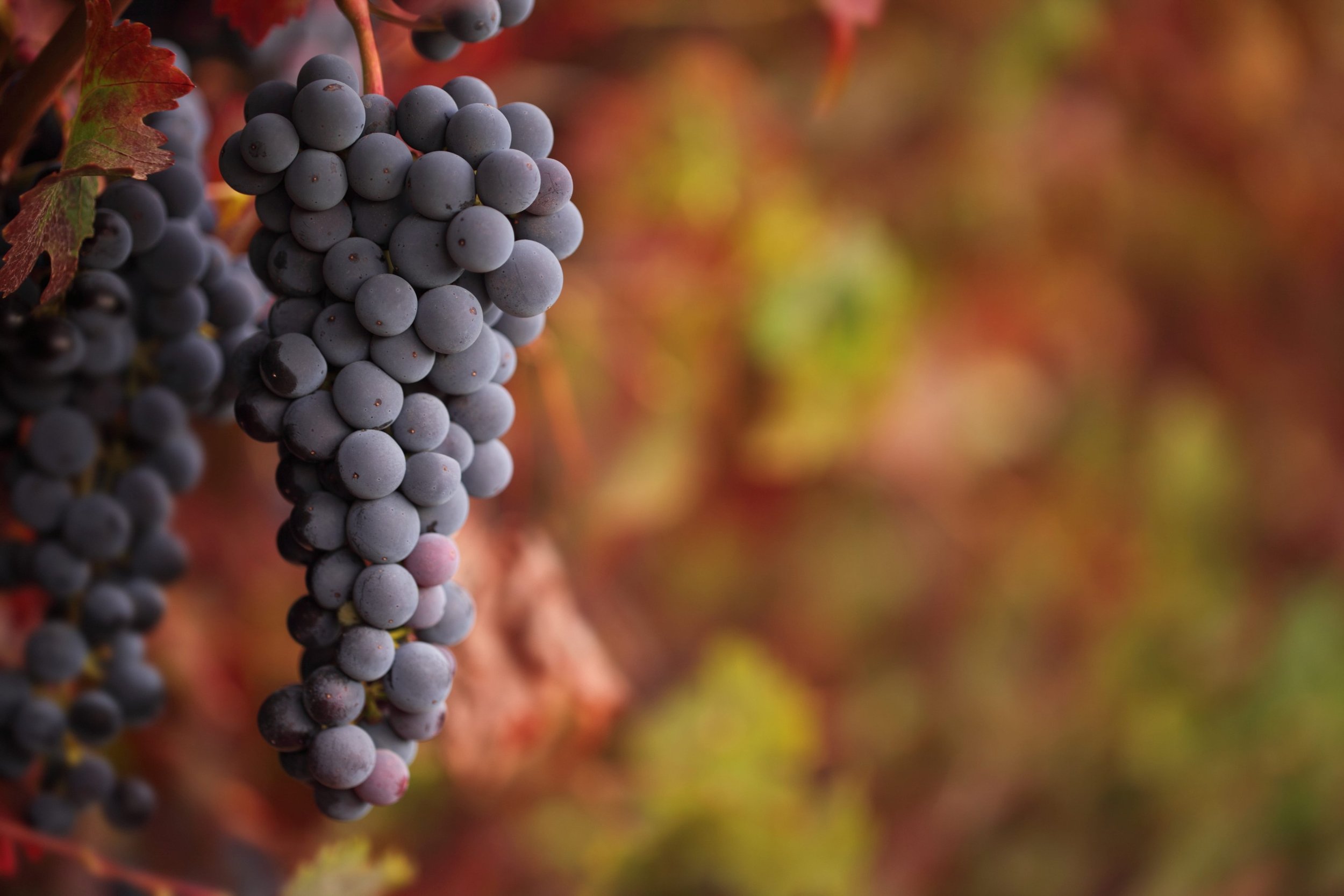A Journey Through Time: The History of Port Wine and the Douro Valley
The history of Port wine is a captivating tale that unfolds over several centuries, encompassing a rich tapestry of tradition, innovation, and resilience. It's a story that is deeply intertwined with the history of the Douro Valley, the city of Porto, and the diverse grape varieties that make this distinctive wine. This article delves into the past to explore the fascinating journey of Port wine and its birthplace.
The Origins of Port Wine
The roots of Port wine trace back to the late 17th century, when political strife between England and France led the British to seek alternative sources of wine. They found a suitable candidate in Portugal, particularly in the Douro Valley region.
While wine had been produced in the Douro Valley for many centuries, the version that would evolve into today's Port was a relatively recent innovation. To ensure that the wines could survive the long sea journey to Britain without spoilage, they were fortified with a measure of grape spirit, also known as aguardente. This not only helped preserve the wine but also boosted its alcohol content and added a unique dimension to its flavor profile. Thus, Port wine, as we know it, was born.
The Winemaking Process
Port is a fortified wine, meaning it has a higher alcohol content than most other wines. This comes from the addition of a neutral grape spirit during fermentation. When the spirit is added, it kills the yeast, stopping the fermentation process and leaving residual sugar in the wine. This gives Port its characteristic sweetness.
The process of making Port involves many traditional methods. One such practice is the foot-treading of grapes in large stone troughs known as "lagares." This gentle extraction method helps to draw out color, tannin, and flavor from the grape skins.
The Significance of the Douro Valley
The Douro Valley, situated in northern Portugal, is one of the oldest demarcated wine regions in the world, officially established in 1756. It's known for its rugged, mountainous terrain, and its harsh, hot climate. Despite these challenging conditions, the Douro Valley is also home to some of the most beautiful vineyards in the world.
The region is characterized by its steep terraced vineyards carved into the rocky hillsides, a testament to the determination and skill of the local vine-growers. The schistous soils, although poor in organic matter, are ideal for vine cultivation, as they retain water that can be utilized by the vines during the scorching summer months.
Vila Nova de Gaia
The City of Porto and Vila Nova de Gaia
The city of Porto, situated at the mouth of the Douro River, played a pivotal role in the history and trade of Port wine. Along with the city of Vila Nova de Gaia, located on the opposite bank of the river, Porto became the main center for the aging and shipping of Port wine.
The wine would be transported down the river in flat-bottomed boats known as "barcos rabelos," from the vineyards in the Douro Valley to the cellars (known as 'lodges') in Vila Nova de Gaia, where it would be aged, often for many years, before being shipped to international markets.
The Grape Varieties
Port is typically a blend of several grape varieties, which contribute to its complexity and distinctive character. There are numerous grape varieties permitted in the production of Port; however, five primary ones are most commonly used: Touriga Nacional, Touriga Franca, Tinta Roriz, Tinto Cão, and Tinta Barroca. Each brings a different aspect to the blend, ranging from the structure and dark fruit flavors of Touriga Nacional to the floral



